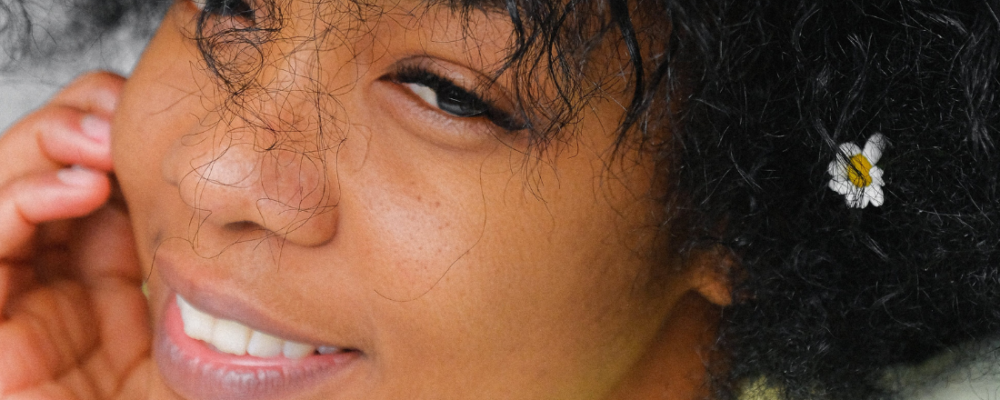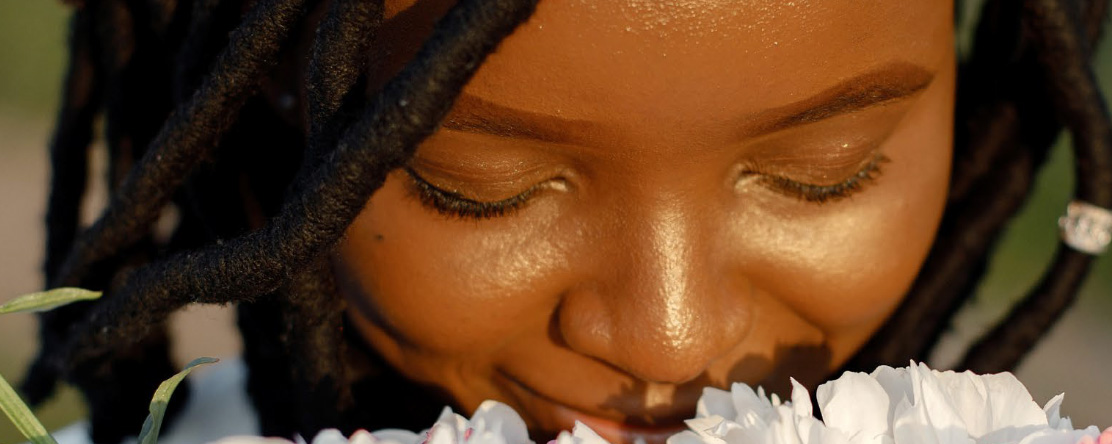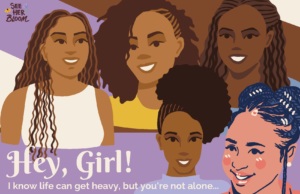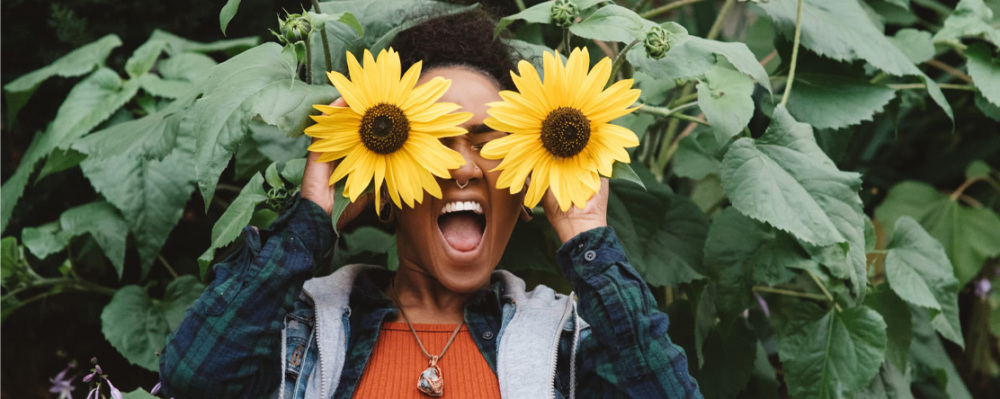
Report: See Her Bloom — Understanding Black Girls’ Experiences with Drug Use
- Center for Collaborative Planning
-
Focus Areas
Alcohol, Tobacco, Drugs & Mental Health, Women, Youth & Children -
Programs
Center for Collaborative Planning -
Strategic Initiatives
Opioids

In 2022, PHI’s Center for Collaborative Planning commissioned the National Black Women’s Justice Institute to host conversations with Black girls throughout the state of California to understand their experiences with drugs, why they use them and what resources they believe would support Black girls’ and young women’s recovery. Participants responded to questions about their own experiences with drugs, the experiences of people they were close to, why Black girls use substances, their understanding of the effects of drugs and what recovery strategies Black girls are most likely to benefit from and why.
Explore the See Her Bloom report to learn strategies to overcome barriers to help and support for Black girls struggling with substance misuse. The brief also includes a literature review of risk factors, prevention, and interventions for drug (mis)use among Black girls.
We’re supposed to be strong Black girls – we are pushed off as ok when we are in need. We are not given the same attention we should be having. We are not given the help that we need because we are seen as the strongest physically and mentally and our needs are not taken seriously. We go to the source that makes us feel good: drugs.Participant
I feel like, ye, there should be consequences [for drug use], but if your child is more scared of the consequences than getting help, then that’s a problem.Participant
 Recommendations
Recommendations
Create informational resources. Black girls need informational resources designed with them in mind. These tools should address topics such as prevalence, reasons why Black girls use substances, and the different types of drugs in circulation, especially those most commonly used by Black girls. It is important that these tools remind Black girls who are considering using drugs and those who already use drugs that they are not alone and that there are other ways to cope with stressors in their lives. These resources must have an intersectional lens, which is generally overlooked in most substance use-related materials created for teens and young adults. New tools must address how racism contributes to poor mental health and drug use among Black girls and young women. It is important that Black girls see themselves and their experiences represented in materials designed for them. These resources should be created in collaboration with Black girls and young women, particularly those who are in recovery.
Establish in-person and virtual communities of support for Black girls. Black girls struggling with substance misuse need communities of support. These should be spaces that foster a sense of belonging and open dialogue without stigma and judgment. Both in-person and virtual spaces would be beneficial for Black girls. One possibility is for See Her Bloom to create a regulated chat room on the website to foster community and dialogue among Black women and girls struggling with drug misuse and working toward recovery. These settings, whether in-person or virtual, can offer formal or informal drug prevention and treatment for Black girls and can be led by trusted adults or their peers. Regardless of the format or structure, these should be spaces that are led by Black women and girls.
Target outreach to Black women providers. It is vital that Black girls who have substance misuse issues have access to medical, mental health, and drug treatment providers that they trust, preferably providers who are also Black women. See Her Bloom should target outreach to Black women medical, mental health, and drug treatment providers, especially ones working with Black teens and young adults. It is important that this community of providers is aware of See Her Bloom and encouraged to share the information and resources it offers with their clients and throughout their networks. Given the difficulty Black girls have identifying providers, See Her Bloom may also consider developing a directory of Black women providers in California and nationally that offer culturally and gender-responsive drug treatment and mental health care services.
Key Takeaways
- There is an urgent need for additional development, research, and evaluation of drug use prevention interventions for Black girls, specifically.
- Racial discrimination is a risk factor in the development of Black youth substance misuse, and more attention should be paid to the effects of racism on Black girls’ mental, emotional, and physical health.
- Measures that address factors that typically compound with substance use disorders, like adverse mental health, the negative effects of racism, and sexism, are important in mitigating against adverse behaviors in Black adolescent girls.
- Limitations in funding for prevention interventions, and time constraints suggest that coordinated interventions for multiple risks should be considered as sustainable and effective programming efforts.
- It is important that prevention programs that target Black youth go beyond “objective information” or “scare tactics”, and use a broader range of prevention strategies.
- Black adolescents who have stronger parental bonds and whose parents have stronger attitudes against drug use are significantly less likely to misuse opioids.
- Family approaches to substance abuse prevention need to be engaging, affordable, and flexible, and meet tight scheduling demands.
- Self-paced programs make interventions more accessible because participants can work when and where they feel most comfortable.
- Community programs that present a coordinated, comprehensive message across multiple delivery components are most effective in terms of changing behavior.
Work With Us
You change the world. We do the rest. Explore fiscal sponsorship at PHI.
Support Us
Together, we can accelerate our response to public health’s most critical issues.
Find Employment
Begin your career at the Public Health Institute.


